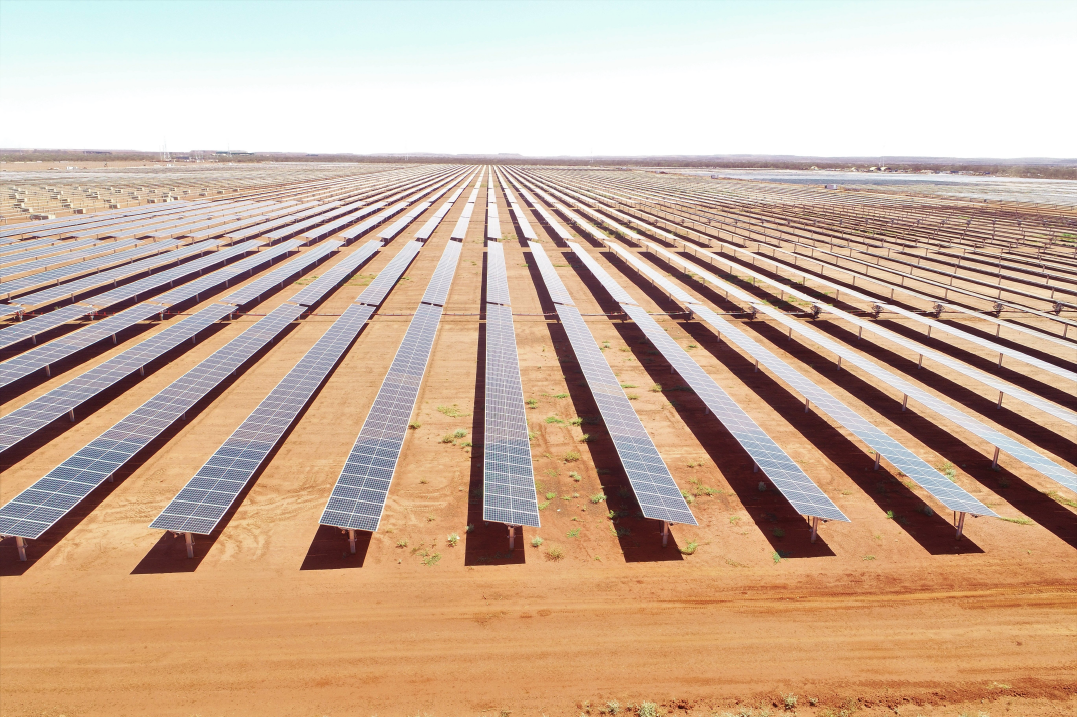According to the association, EU member states installed a “record” 56 GW of solar capacity in the past 12 months, representing a 40% year-on-year increase over the past three years. But the association warns that the glory days may soon come as energy prices stabilize and project interest rates rise.
According to pv magazine InternationalAngela Skujins and Gwénaëlle Deboutte
Solar power has been installed in the European Union at a “record” rate for the third year in a row, said Walburga Hemetsberger, CEO of SolarPower Europe, when releasing the latest 2023-2027 forecast report. According to the document, member states have installed a combined 56 GW over the past 12 months, which equates to three years of 40% year-on-year growth. Germany took the top spot with 14.1 GW installed, followed by Spain with 8.2 GW, Italy with 4.8 GW, Poland with 4.6 GW and the Netherlands with 4.1 GW. The total capacity of the European Union is currently 263 GW, which represents an increase of 27% compared to last year. The forecast for 2025 is 73.8 GW, followed by 84.2 GW in 2026 and 93.1 GW in 2027.
However, these past three years of “extremely fast growth” could be followed by a slowdown as energy prices fall back to pre-crisis levels and PV development continues to “deteriorate” in an “inflationary environment” characterized by high interest. rates. The association predicts growth of only 11% next year. Residential demand for rooftop solar has also slowed, with at least a year to go before sweeping legislative instruments come into force, SolarPower Europe said. “Despite impressive results to date, solar power is reaching an inflection point where the future growth trajectory of the cheapest, most versatile and easiest-to-deploy energy technology will be decided,” the report said.
“We cannot accept grid connection delays of more than four years, we cannot tolerate slow local progress in permitting, we cannot risk trade barriers slowing down deployment, nor miss the opportunity to “move solar production to Europe,” lamented Dries Acke. , Political Director of SolarPower Europe. However, this means that it is up to policy makers to ensure good investment conditions for solar energy.” The association recommends policy changes to support the expansion of solar energy in Europe. According to the European Central Bank, these include reducing capital costs for “green investments”, improving grid flexibility, workforce incentives, improving approval processes and developing sustainable and “diversified” solar supply chains.
Focus on France
The goal set in the Multiannual Energy Program (PPE) envisages the operation of a photovoltaic park with a capacity of 20.1 GW at the end of 2023. At the beginning of July 2023, the rate of achieving this goal reached 89% (or 18 GW). The French Union for Renewable Energy Sources (SER) this year updated its plan with 65 GW for installation for 2030 and 115 GW for 2035. Figures that are slightly higher than in the draft “French Strategy for Energy and Climate”, which confirms target of 100 GW of PV in the upper range in 2030, corresponds to a rate of 7 GW per year of new connected projects.
As Salomé Durand, Head of Solar Energy and Solar Heat at SER, recalls, the main means of achieving solar growth targets remains calls for tender, with 3.2 GW planned each year. After a series of signed tenders in 2022, the final tender for onshore PV in September 2023 set a historical record. 129 projects were selected and a total capacity of 1.5 GW was allocated. This is the largest capacity since the Energy Regulatory Commission (CRE) started tendering. In August 2023, the French authorities closed the tender for C&I rooftop PV projects, which allocated 378 MW of solar capacity to 60 developers, marking another tender success.
According to her, “the framework is increasingly in line with the current economic reality”: the purchase price of “S21” “now reflects the level of inflation and has been increased to 131 euros/MWh”. In addition, a tariff for land-based projects below 1 MW is expected to be introduced soon, as well as a specific tariff for non-connected areas. The “self-consumption without injection” segment is growing very strongly; it represents 11% of the total connected volume in the first quarter of 2023 and amounts to a total of 316 MW. Between 2022 and 2023, the number of individual self-consumption installations increased by 77% to 325,000 installations, or 1.6 GW of installed capacity. Today, 11% of France’s photovoltaic capacity is used for individual self-consumption. Among the measures aimed at accelerating the development of solar energy, the decrees of the Act on the Acceleration of Renewable Energy (APER) adopted in March 2023 are currently under discussion. They mainly concern the obligation to install photovoltaic shading in parking lots and the creation of a framework for agrovoltaism and the sharing of value between electricity production and agricultural income .
This content is copyrighted and you may not reuse it without permission. If you would like to collaborate with us and reuse our content, please contact our editorial team at the following address: editors@pv-magazine.com.

